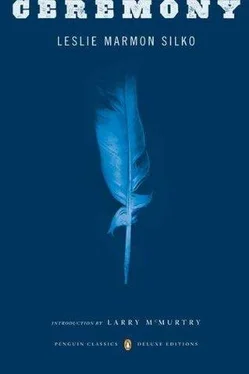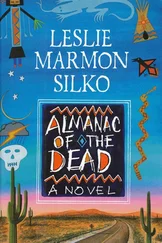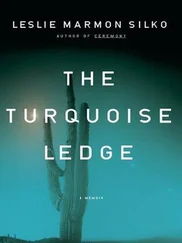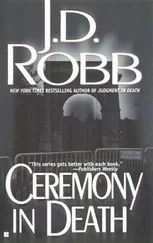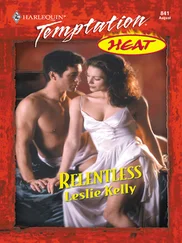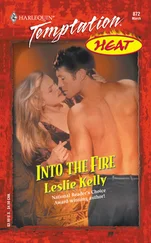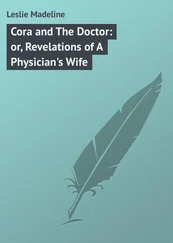They walked like survivors, with dull vacant eyes, their fists clutching the coins he’d thrown to them. They were Navajos, but he had seen Zunis and Lagunas and Hopis there too, walking alone or in twos and threes along the dusty Gallup streets. He didn’t know how they got there in the first place, from the reservation to Gallup, but some must have had jobs for a while when they first came, and cheap rooms on the north side of the tracks, where they stayed until they got laid off or fired. Reservation people were the first ones to get laid off because white people in Gallup already knew they wouldn’t ask any questions or get angry; they just walked away. They were educated only enough to know they wanted to leave the reservation; when they got to Gallup there weren’t many jobs they could get. The men unloaded trucks in the warehouses near the tracks or piled lumber in the lumberyards or pushed wheelbarrows for construction; the women cleaned out motel rooms along Highway 66. The Gallup people knew they didn’t have to pay good wages or put up with anything they didn’t like, because there were plenty more Indians where these had come from.
It seemed to Tayo that they would go home, sooner or later, when they were hungry and dirty and broke; stand on 666 north of town and wait for someone driving to Keams Canyon or Lukachukai to stop, or borrow two dollars and ride the bus back to Laguna. But Gallup was a dangerous place, and by the time they realized what had happened to them, they must have believed it was too late to go home.
Robert was waiting for him on the hill. “Somebody you used to know?”
“Maybe,” Tayo said. The sun was above them now, in a deep blue sky like good turquoise.
He looked back at the bridge, and he made a wish. The same wish Rocky made that night in San Diego: a safe return.
“What kind of medicine man lives in a place like that, in the foothills north of the Ceremonial Grounds?” Auntie wanted to know. Grandma told her, “Never mind. Old man Ku’oosh knows him, and he thinks this man Betonie might help him.”
The Gallup Ceremonial had been an annual event for a long time. It was good for the tourist business coming through in the summertime on Highway 66. They liked to see Indians and Indian dances; they wanted a chance to buy Indian jewelry and Navajo rugs. Every year it was organized by the white men there, Turpen, Foutz, Kennedy, and the mayor. Dance groups from the Pueblos were paid to come; they got Plains hoop dancers, and flying-pole dancers from northern Mexico. They organized an all-Indian rodeo and horse races. And the people came, from all the reservations nearby, and some came from farther away; they brought their things to sell to the tourists, and they brought things to trade with each other: white deerhides, and feathers, and dried meat or piki bread. The tourists got to see what they wanted; from the grandstand at the Ceremonial grounds they watched the dancers perform, and they watched Indian cowboys ride bucking horses and Brahma bulls. There were wagon races, and the ladies’ wood-chopping contest and fry-bread-making race. The Gallup merchants raised prices in motels and restaurants all Ceremonial week, and made a lot of money off the tourists. They sold great amounts of liquor to Indians, and in those years when liquor was illegal for Indians, they made a lot more money because they bootlegged it.
Old Betonie’s place looked down on all of it; from the yellow sandrock foothills the whole town spread out below. The old man was tall and his chest was wide; at one time he had been heavier, but old age was consuming everything but the bones. He kept his hair tied back neatly with red yarn in a chongo knot, like the oldtimers wore. He was sitting on an old tin bucket turned upside down by the doorway to his hogan. When he stood up and extended his hand to Robert and Tayo, his motions were strong and unhesitating, as if they belonged to a younger man. He watched Tayo look around at the hogan and then back down at the Ceremonial grounds and city streets in the distance. He nodded his head at Tayo.
“People ask me why I live here,” he said, in good English, “I tell them I want to keep track of the people. ‘Why over here?’ they ask me. ‘Because this is where Gallup keeps Indians until Ceremonial time. Then they want to show us off to the tourists.’” He looked down at the riverbed winding through the north side of Gallup. “There,” he said, pointing his chin at the bridge, “they sleep over there, in alleys between the bars.” He turned and pointed to the city dump east of the Ceremonial grounds and rodeo chutes. “They keep us on the north side of the railroad tracks, next to the river and their dump. Where none of them want to live.” He laughed. “They don’t understand. We know these hills, and we are comfortable here.” There was something about the way the old man said the word “comfortable.” It had a different meaning — not the comfort of big houses or rich food or even clean streets, but the comfort of belonging with the land, and the peace of being with these hills. But the special meaning the old man had given to the English word was burned away by the glare of the sun on tin cans and broken glass, blinding reflections off the mirrors and chrome of the wrecked cars in the dump below. Tayo felt the old nausea rising up in his stomach, along with a vague feeling that he knew something which he could not remember. The sun was getting hot, and he thought about flies buzzing around their faces as they slept in the weeds along the arroyo. He turned back to Betonie. He didn’t know how the medicine man could look down at it every day.
“You know, at one time when my great-grandfather was young, Navajos lived in all these-hills.” He pointed to the hills and ridges south of the tracks where the white people had built their houses. He nodded at the arroyo cut by the river. “They had little farms along the river. When the railroaders came and the white people began to build their town, the Navajos had to move.” The old man laughed suddenly. He slapped his hands on his thighs. His laughter was easy, but Tayo could feel the tiny hairs along his spine spring up. This Betonie didn’t talk the way Tayo expected a medicine man to talk. He didn’t act like a medicine man at all.
“It strikes me funny,” the medicine man said, shaking his head, “people wondering why I live so close to this filthy town. But see, this hogan was here first. Built long before the white people ever came. It is that town down there which is out of place. Not this old medicine man.” He laughed again, and Tayo looked at Robert quickly to see what he thought of the old man; but Robert’s face was calm, without any mistrust or alarm. When old Betonie had finished talking, Robert stepped over to Tayo and touched his shoulder gently. “I guess I’ll go now,” he said softly.
Tayo watched him walk down the path from the old man’s place, and he could feel cold sweat between his fingers. His heart was pounding, and all he could think about was that if he started running right then, he could still catch up to Robert.
“Go ahead,” old Betonie said, “you can go. Most of the Navajos feel the same way about me. You won’t be the first one to run away.”
Tayo turned to look for Robert, but he was gone. He stared at the dry yellow grass by the old man’s feet. The sun’s heat was draining his strength away; there was no place to go now except back to the hospital in Los Angeles. They didn’t want him at Laguna the way he was.
All along there had been something familiar about the old man. Tayo turned around then to figure out what it was. He looked at his clothes: the old moccasins with splayed-out elkhide soles, the leather stained dark with mud and grease; the gray wool trousers were baggy and worn thin at the knees, and the old man’s elbows made brown points through the sleeves of the blue cotton work shirt. He looked at his face. The cheekbones were like the wings of a hawk soaring away from his broad nose; he wore a drooping thick mustache; the hairs were steel gray. Then Tayo looked at his eyes. They were hazel like his own. The medicine man nodded. “My grandmother was a remarkable Mexican with green eyes,” he said.
Читать дальше
